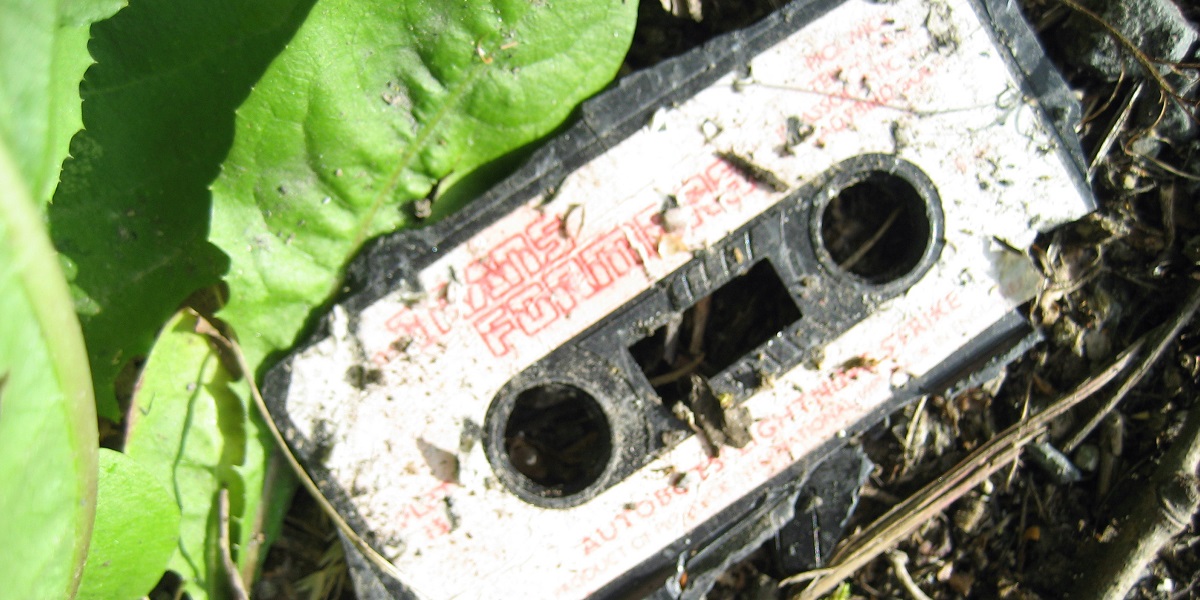Is your brand sick and losing life? Can you save it, or will you have to bury it and move on? We hope it’s not the latter. Creating a brand is so much harder than fixing one. But if you look at examples throughout history, you may be surprised to find that even the big players have had ailing brands that needed to be repaired.
More recently however, there’s a new player on the block that may be causing your brand to fall short of expectations. He’s called social media, and he’s here to stay. Never before have companies had to contend with such a varied mix in their marketing and branding planning, and while trying to utilize the many new tools available, it is quite easy to see how confusing branding messages may be passed on. Applying a band-aid is not a solution – we need to look deeper into the problem to fix it.
A brand will go through what is commonly referred to as branding life cycles – birth, growth, maturity, and revival – and each of these periods is dependent on the brand itself. A brand can die if these stages are not nourished or fed too much too quickly, an example being over utilizing social media to promote it.
It can also suffer if crisis management outlines are not in place. A well-known example to reinforce this point is the Tylenol Crisis in 1982. In it, the then CEO of Johnson and Johnson, James Burke, took immediate action to pull more that 30 million bottles of Tylenol off the shelves, and halt all advertising, when he learnt that 7 people had died due to Tylenol bottle tampering. Was Tylenol directly responsible for these deaths? No. But by taking this action, the brand could come back stronger than ever, with newer branding messages that included tamper proof packaging, newer price structures and wider education about the product and its benefits.
In a more recent example, Kit Kat was criticized for using eco-unfriendly methods to obtain palm oil. Greenpeace published their opinions on YouTube. Nestle responded by announcing a new partnership with The Forest Trust, outlining zero deforestation policies it would implement. This is a perfect example of how all stories are now global, thanks to the Internet. Poor crisis management is quickly spread and can be more detrimental than ever. Think Toyota, which has been criticized all too often for its poor communication.
If your band is leaking blood quickly, here are 5 ways to fix it fast:
1. Review your target audience. Is it the right one for your product? Are you too diverse in your offerings? Take BMW for example; the company’s success stems largely from the fact they have a very select audience (upwardly mobile) and offer a very specific brand aspiration (luxury lifestyle). Their products reflect their promises – luxurious, dependable, comfortable, attractive, sporty, and classy.
2. Be consistent in all your marketing strategies and branding designs. Your message, logo, tagline, colors, graphics, and even copy need to be uniform, and if you make changes in one, be sure they are reflected across the board.
3. Call in for reinforcements. These are the people who can spot inconsistencies in your brand identity. They will be able to point out if your message makes sense or not, and if it hits the right target audience. Listen to what they have to say.
4. Communication is the key to building a successful brand. All the elements you use to position yourself and shout out your message need to be centered on customer perceptions. If the customer perceives your brand to be what you want it to be, you have success on your hands. Give your marketing a mouthpiece through marketing communications.
5. Re-evaluate your positioning effort. Marketing is an ongoing effort and your brand’s positioning needs constant monitoring. Collect information on customer perception of price, quality of experience, and other relevant dimensions. Analyze, track and measure these results and reposition your brand if need be. Nike’s ‘Just do it’ tagline brought a fresh new perspective to their brand and encouraged us to spend hundreds of dollars to feel good about ourselves (and maybe save the world in the bargain). Starbucks’ tie up with United Airlines took coffee to the skies, and introduced it to a whole new segment of travelers. General Electric decided to diversify and today you can find the GE stamp on light bulbs, appliances, aviation, and even finance.
An ailing brand does not have to be put to bed. Instead, you can adjust sales strategies, reallocate resources, and as suggested above, consider a brand repositioning to save it. Before you embark of any of the above changes, conduct research to make sure it is the right path to follow.










I really hope other folks consider your posting listed here as useful as I have. I operate a website personally and would be happy for you or the visitors on your site to visit. Please feel free to read through my website just like I have with yours and post a comment or two if you discover anything interesting. Many thanks.